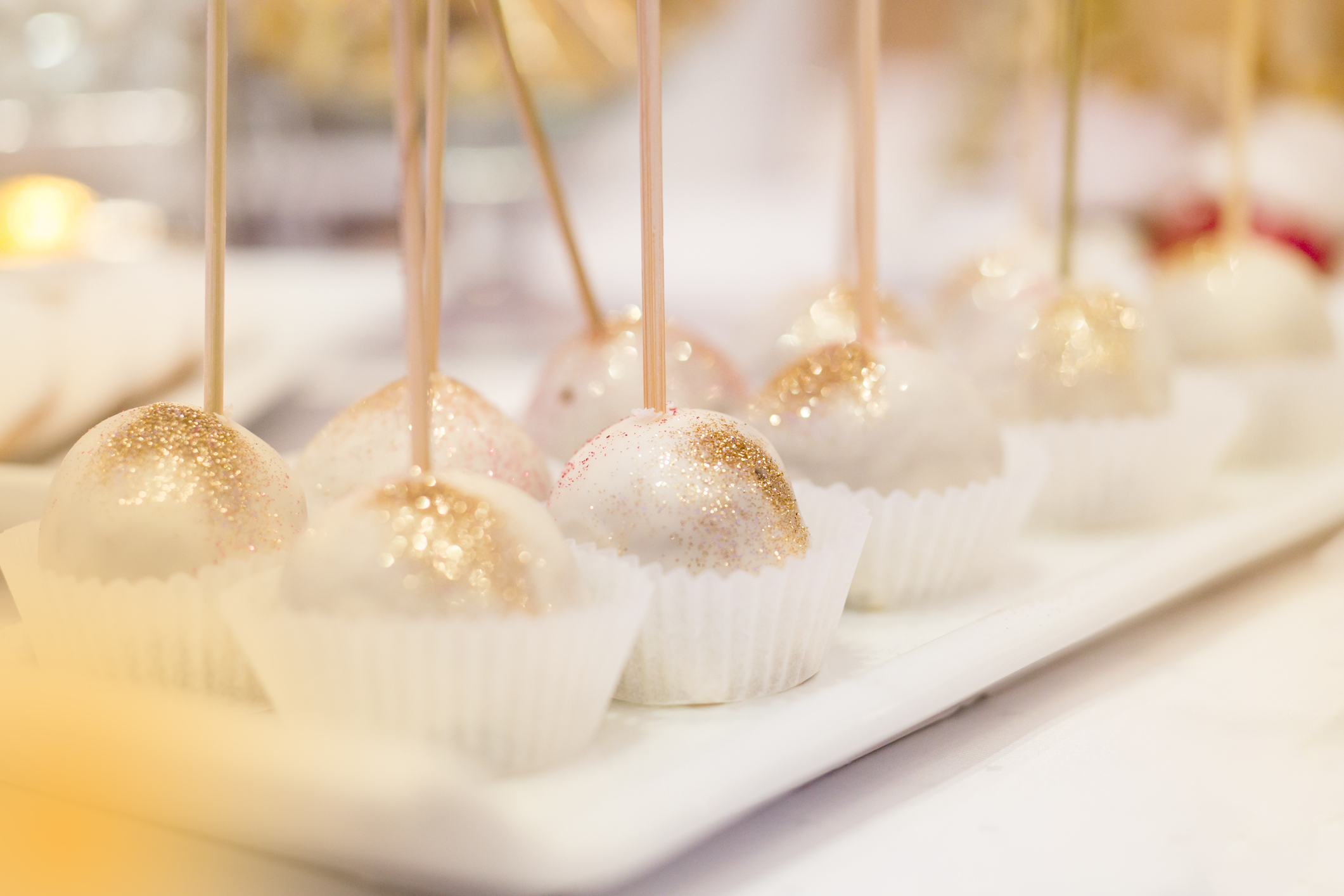All That Glitters Is Not Food: FDA Warns to Watch Out for Non-Edible Glitters


If you're thinking about glitzing up your holiday baking with some food glitter, or adding a sparkle to your New Year's Eve cocktail, health officials have a warning for you: Not all "decorative" food glitters are safe to eat.
On Friday (Dec. 14), the Food and Drug Administration warned consumers that some decorative glitters and dusts that are promoted for use on foods may actually contain ingredients that should not be eaten.
But fear not, glitter fans, there are some truly edible glitters out there. But how can you tell which glitters are safe to use to decorate your treats?
The FDA says that edible glitters and dust products are required by law to list their ingredients. Such edible ingredients typically include sugar, acacia (gum arabic), maltodextrin, cornstarch, and color additives specifically approved for food use, such as mica-based pearlescent pigments, the FDA says.
Another thing you should look out for is the word "edible." Most edible glitters and dusts will say "edible" on the label, the FDA says. If a product simply says "non-toxic" and doesn't include an ingredients list, you shouldn't eat it, the FDA says.
If you do choose to use non-edible products as food decorations, make sure to remove these decorations before serving and eating the food, the FDA notes.
- 9 Disgusting Things That the FDA Allows in Your Food
- 11 Ways Processed Food Is Different from Real Food
- 9 Snack Foods: Healthy or Not?
Originally published on Live Science.
Get the world’s most fascinating discoveries delivered straight to your inbox.

Rachael is a Live Science contributor, and was a former channel editor and senior writer for Live Science between 2010 and 2022. She has a master's degree in journalism from New York University's Science, Health and Environmental Reporting Program. She also holds a B.S. in molecular biology and an M.S. in biology from the University of California, San Diego. Her work has appeared in Scienceline, The Washington Post and Scientific American.


